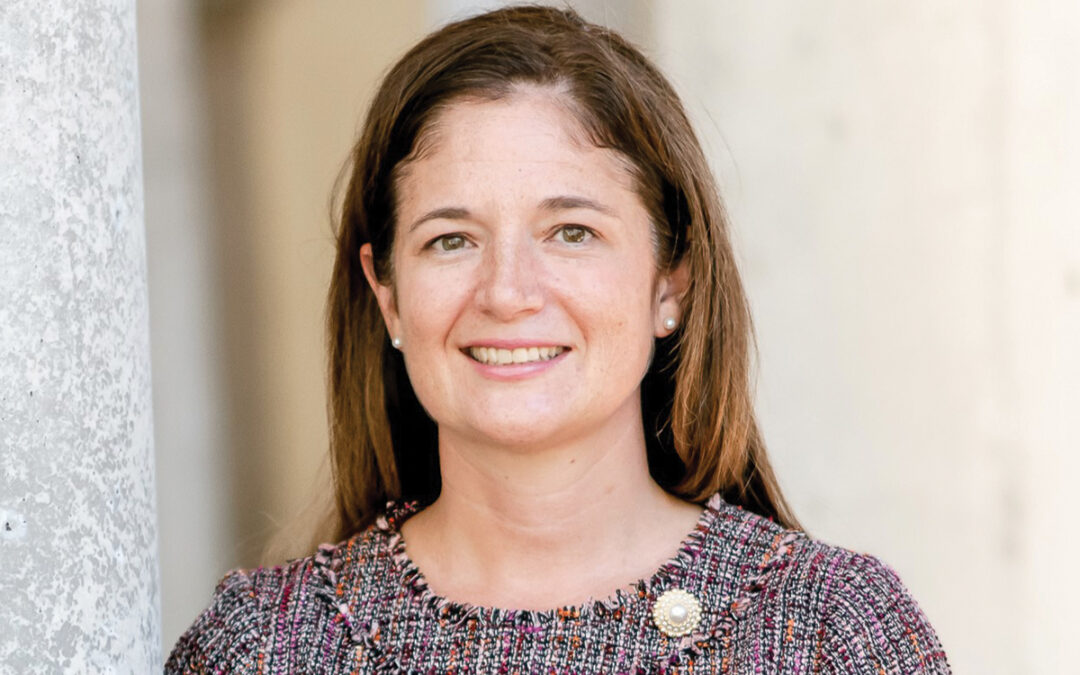According to a report by The American Cancer Society, “breast cancer is the most common cancer in American women, except for skin cancers.” Everyone knows someone, or someone who knows someone else, who has faced this specific type of cancer. Why is it that breasts are so prone to this disease?
Dr. Lillian Chou, of San Antonio’s Aurora Breast Center, said certain parts of the human body, such as breasts, are regulated by hormones, which makes them more susceptible to cancer. That’s because in areas under hormonal jurisdiction, cells divide faster, increasing the odds of something going wrong.
 She pointed to findings at UCLA’s David Geffen School of Medicine, which cite: “The high rate of cell turnover in the breast can contribute to cancer cells.” Adults cells don’t divide often, but when they do, things can go awry.
She pointed to findings at UCLA’s David Geffen School of Medicine, which cite: “The high rate of cell turnover in the breast can contribute to cancer cells.” Adults cells don’t divide often, but when they do, things can go awry.
“When cells divide, they can mutate,” said Chou, likening them to a stand-up guy turning criminal – a good cell going bad. As breasts and their milk glands undergo many hormonal fluctuations in a lifetime, those cells divide with a greater chance of mutation. Mutating cells populate, and cancer spreads.
Alamo Heights native Lucy Nerio found out she had breast cancer when she was in her 50s.
“After you have cancer, if anything goes wrong, you think it might be cancer again. The worst part was the chemo,” Nerio added. “It felt like poison.”
Her late mother, Dr. Colleen Williams, whose family founded San Antonio’s Ingram Manufacturing Inc., survived two rounds of breast cancer. That family history increased Nerio’s chance of developing the disease herself.
According to the United States’ National Cancer Institute (NCI): “Inherited mutations in the BRCA1 and BRCA2 genes are associated with hereditary breast and ovarian cancer syndrome,” with an increased lifetime risk of female breast and ovarian cancers.
Despite the common misconception, not all breast cancer cases have to end in mastectomies. For example, Nerio had a lumpectomy. Texas Breast Specialists’ Dr. Kathryn Wagner said a lumpectomy, with radiation, is a suitable procedure if the tumor is relatively small. Mastectomies (removal of the entire affected breast) are performed if the tumor is too large relative to the breast.
“A radical mastectomy is rarely performed anymore,” said Wagner. “It was abandoned in the late ‘70s or early ‘80s in favor of the modified radical mastectomy, sparing the pectoralis major muscle.”
Maggie Houston is another San Antonio breast cancer survivor. Her father is Fred Tips, whose family started Mission Park Funeral Chapels and Cemeteries. Active in San Antonio society, Maggie was struck by the disease in 2010.
“Everyone knows someone or some family with a cancer experience,” she said. “The adage of early detection saves lives. Don’t be afraid; the unknown is scarier. Listen to that ‘little voice’ and get checked.”
Even experts in the disease and its treatment are not immune.
“In 2004, I became a breast cancer patient and underwent comprehensive, multimodality breast cancer treatments, like most of my patients,” said Chou, a board-certified radiation oncologist. “Since then, I have been a grateful breast cancer survivor. The continued journey of cancer survivorship is challenging and rewarding. It gives me a different perspective in just about everything in my life, particularly as a physician, a healer.”
The good news is that medical knowledge progresses each and every decade.
One advancement is a new experimental therapy. NCI researchers, under the U.S. National Institutes of Health (NIH), took a few rare cells from the immune system of a sick patient inside of a tumor, battling it out with cancer cells. The scientists then duplicated the immune cells in a lab, and multiplied them. Doctors then infused billions of those cancer-fighting cells back into the patient. Before, there were too few of those cells to fight effectively. Multiplied, however, they were an army, vanquishing the patient’s cancer.
“With the advances in breast cancer treatment, some stage 4 metastatic breast cancer patients can survive with the disease for a long time, much like living with a chronic disease,” said Chou. “This is extremely exciting and encouraging.”
Women over 50 are at a higher risk of breast cancer, but it is never too late to start taking preventative measures. Although there is still no cure, Chou said she is encouraged by the progress of modern medicine.
“Armed with the progressive medical knowledge, breast cancer prevention, diagnosis, treatment and follow up care have been improving,” said Chou. “We have less breast cancer death, less treatment related side effects and better quality of breast cancer survivorship.”
By Berit Mason









0 Comments